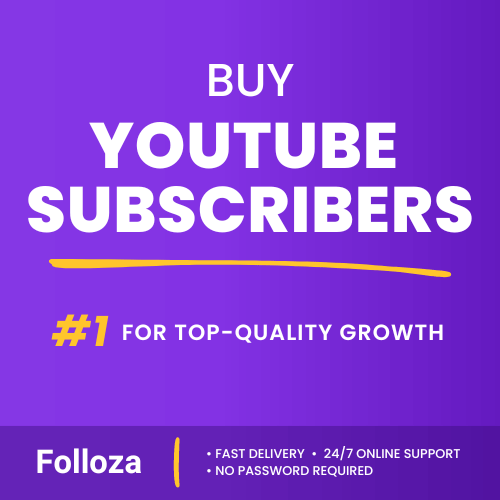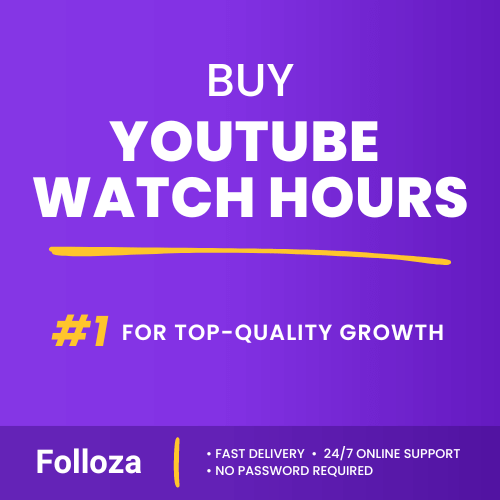Have you ever uploaded a video to YouTube and wondered if the content might be copyrighted? Copyright infringement is a serious issue on the platform and can lead to your video being taken down or even more severe consequences. However, understanding copyright and knowing how to check if a video is using copyrighted material can save you both time and trouble.
Table of Contents
What Is Copyright?
Let's start with the basics. Copyright is a legal framework intended to protect the original works of creators, artists, musicians, and writers. In simpler terms, it's like a shield that keeps the creator's work safe from unauthorized use. When something is copyrighted, it means the creator or rights holder has exclusive rights to its use and distribution.
Why Is Copyright Important on YouTube?
On YouTube, copyright is crucial because it maintains the balance between respecting creators' rights and allowing others to share content. When you upload a video that uses someone else's copyrighted content without permission, it can result in a copyright claim against your video. This can lead to some undesirable outcomes, like your video being blocked, monetization being removed, or even your account receiving a strike.
How Does YouTube Identify Copyrighted Content?
YouTube uses an advanced system called Content ID to identify and manage copyrighted material. It's a sophisticated tool that scans videos across the platform and checks them against a database of files provided by rights holders.
What Is Content ID?
Content ID is YouTube's automated solution for detecting copyrighted material. Rights owners provide YouTube with reference files of content they own, be it music, videos, or other media. When you upload a video, it's scanned against this database. If there's a match, a copyright claim might be automatically applied to your video.
How Does it Work?
The Content ID system works behind the scenes, analyzing various elements of your video using pattern recognition. For example, if your video contains a song that a music label has registered with YouTube, Content ID detects the match and notifies the rights holder.
What Happens After Content ID Detects a Match?
Once Content ID finds a match, the rights owner can decide what happens to your video. They could choose to monetize the video, meaning they'll earn any ad revenue generated. Alternatively, they could block the video entirely, preventing it from being viewed on YouTube or certain regions. Lastly, they may decide to leave the content alone.
Signs That a YouTube Video Is Copyrighted
Though Content ID does a lot of the hard work, there are certain telltale signs that a video might be copyrighted. Recognizing these can help you assess whether the content from your video needs permission or not.
Using Popular Songs or Clips
If your video includes popular music, TV show clips, or movie scenes, you should assume these are protected by copyright. Popular content is likely to be registered with Content ID, so using it without permission can trigger a copyright claim.
Stock Media and Licensed Content
Even stock media, like stock footage or images, can be copyrighted. While these may sometimes be available for purchase or under specific licenses that allow usage, it's crucial to ensure that you have proper permission or the right license. Always check the licensing terms before using stock media.
Look for Content Creator’s Terms
Creators sometimes articulate their terms of usage on their YouTube channel or website. If you want to use content created by a YouTuber or artist, check for any guidelines they've provided. It might be possible to use the content with conditions such as providing credit.

Boost channel authority.
- Fast delivery
- Consistent growth
- 90-day refill

Elevate video visibility.
- High retention
- Fast delivery
- Risk-free

Boost watch time.
- Steady hours
- Quick delivery
- Consistent boost
What Are Some Safe Practices for Using YouTube Content?
Navigating copyright on YouTube involves some common-sense practices. Adopting these can help you avoid unintentionally infringing on someone else's rights.
Only Use Original Content
Creating original content is the safest way to ensure you're not infringing on copyright. When you use your own videos, music, and images, you don’t have to worry about someone else claiming your content.
Seek Permission
If you want to use someone else's video, music, or images, seeking permission is a way to stay on the right side of copyright law. Reach out to the creator or rights owner and ask if you can use their content. Some creators might be more than willing to give you permission—some may ask for credit, while others might charge a fee.
Use Royalty-Free or Creative Commons Content
Another accessible option is to use royalty-free or Creative Commons-licensed content. These are often free to use, though they might have certain restrictions. Creative Commons licenses might require you to credit the creator, not use the content for commercial purposes, or adhere to other guidelines. Websites like Pixabay and Unsplash offer excellent resources for finding such content.
Implement a Fair Use Argument
Fair use is a doctrine that allows limited use of copyrighted material without permission from the rights holders under certain conditions, such as commentary, criticism, news reporting, or education. However, what's considered 'fair use' can be complex and sometimes vague, often involving case-specific analysis.
How Can You Dispute a Copyright Claim?
If you believe that your video falls under fair use, or you own the rights to the content, you can dispute the copyright claim. Be careful, though; disputing a copyright claim without a strong legal footing might worsen the situation.
The Dispute Process
When you dispute a claim, you're essentially asking the rights holder to review their claim. If they agree, you'll be able to restore your original video status, including monetization. If they disagree, they might double down on the claim or decide to take no action.
What's Needed for a Dispute?
You should gather enough evidence to support your claim, whether that's proof of a license, evidence of fair use, or documentation demonstrating you own the content. This data is crucial for defending your position.
Potential Outcomes
Bear in mind that if the rights holder disputes back, the next step is a counter notification. This could lead to a legal battle, so it's essential to understand the risks involved.
How to Avoid Common Copyright Mistakes
It's easy to make unintentional mistakes when dealing with copyrighted content on YouTube. Knowing some common pitfalls can help you steer clear of problems.
Assume Content is Protected Unless Confirmed Otherwise
Always assume that any content you didn't create is protected by copyright until you verify otherwise. This is a safe approach to avoid infringing on anyone's rights.
Avoid Re-uploading Content
Re-uploading content without significant transformative additions is risky and usually counts as infringement. Reactions or parodies with significant commentary and transformative elements might qualify for fair use, but mere re-uploading or slight modifications don't.
Don't Rely on 'Limited Impact' Belief
Some creators assume that using a small amount of content, or using it in a way that seemingly doesn't impact the owner, is safe. Unfortunately, this isn't always the case. Any amount of copyrighted material can result in a claim, depending on how it's used.
Conclusion
In the world of YouTube, understanding copyright is both essential and responsible. By recognizing copyrighted content, using original work, and seeking permission when required, you safeguard yourself from potential infringements, ensuring your channel’s longevity and success. Stay informed, make conscientious choices, and keep creating inspiring and engaging content. May your YouTube journey be filled with creativity, integrity, and above all, adherence to the rights and respect of fellow creators.